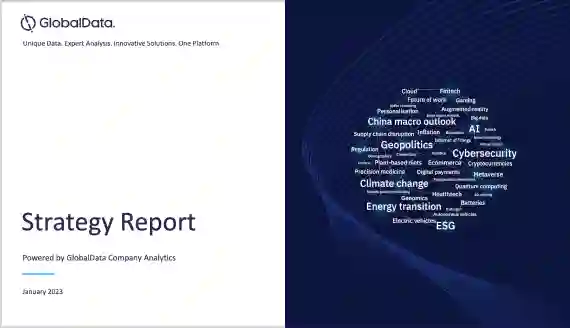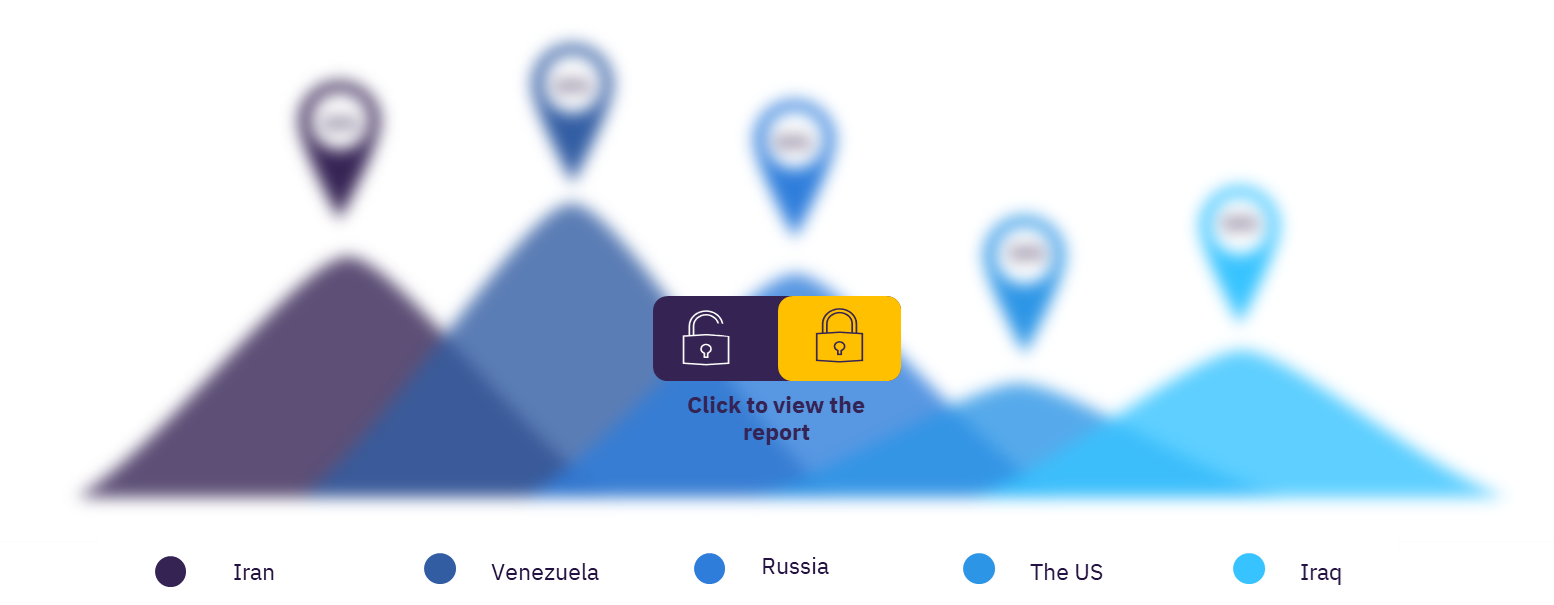Gas Flaring – Thematic Research
Powered by ![]()
All the vital news, analysis, and commentary curated by our industry experts.
Flare Gas Recovery System Market Overview
Excess gas that cannot be diverted into profitable channels is often flared off, causing a multitude of environmental problems. The oil & gas industry is highly dependent on demand and supply trends and their profitability is largely dependent on bulk volumes and thin margins. With increased pressure from regulatory bodies to curb flaring, the industry has found alternatives, including using gas for onsite power generation, processing gas into compressed natural gas (CNG) or liquefied natural gas (LNG) for transportation, or converting gas into liquids using the Fischer-Tropsch or similar processes.
What are the main trends shaping the gas flaring theme over the next 12 to 24 months?
Industry trends
Several investors are pushing oil and gas companies to reduce their gas flaring volumes to combat climate change. This has encouraged growth in investments to build flare capture units. For instance, major European oil companies have announced strong steps towards flaring reduction in their bids to mitigate carbon emissions. Investor pressure could also lead to significant changes in the US shale industry where flaring is widespread.
Gas flaring is sometimes necessary to maintain operational safety in industrial processes. Pent-up gases can explode and must be released from the working environment. Flaring systems must be regularly inspected for cracks, blockages, and other defects to avoid mishaps. Moreover, gases such as hydrogen sulfide (H2S) are poisonous, so flaring may be preferred to avoid negative effects on workers’ health. Proper ventilation is essential to ensure operational safety in an oil and gas industry.
Technology trends
Small-scale gas-to-liquid (GTL) conversion involves production of marketable commodities from natural gas, such as naphtha, diesel, methanol, and waxes, typically in volumes ranging from a few hundred to a few thousands of barrels per day. The setup uses modular and portable GTL plants that can be installed easily at an oil production site. These plants are suitable for remote locations and because they are modular can be scaled up as needed.
Satellite and drones are being deployed to track flaring as well as methane emissions from oil recovery sites in the US, Norway, Germany, and Russia among others. The natural gas burns at about 1,950 degree Celsius in air and carries a distinct heat signature. The satellites are equipped with sensors, such as Sea and Land Surface Temperature Radiometer (SLSTR), which operate in shortwave and mid-infrared frequency ranges to detect heat signatures.
Regulatory trends
The Paris agreement of 2015 has laid down guidelines to ensure that the global warming remains below 2°C by 2100. The agreement has been ratified by over 190 countries. Developed nations have set strict emission targets for themselves to help achieve global objectives. Countries like the UK, France, Germany, and the US have set targets to achieve net zero emissions by 2050. These countries are enacting laws to reduce emissions, including those generated from gas flaring.
Environmental activists have consistently targeted oil and gas companies due to oil’s massive contribution to global carbon emissions. Gas flaring has also been targeted by activists through various modes of protest. The shale industry in the US, in particular, has faced severe backlash concerning gas flaring. For instance, in 2021, environmental activists got the Railroad Commission of Texas (RRC) to tighten its criteria for granting flaring permits, owing to global pressure.
Who are the leading gas flaring countries?
According to UN estimates, countries that flared the most gas (by volume) in 2020 were Iran, followed by Venezuela, Russia, the US, Iraq, Nigeria, Indonesia, Malaysia, Mexico, and Angola. Most of these countries are economically dependent on oil and gas. This has often led to lax regulatory control on gas flaring.
Russia and the US are the world’s largest producers of crude oil, alongside Saudi Arabia. But the distinction for highest gas-flaring intensity goes to countries such as Venezuela, Nigeria, Iraq, and Iran. Their economies are heavily dependent on their native oil and gas production, and thus exhibit the most intense gas flaring per barrel of oil produced. Whereas more economically developed countries in the highest gas flaring country list, such as the US, have the least gas flaring intensity as compared to others.
Leading gas flaring countries
For more regional insights, download a free report sample
Which are the environmental leaders in gas flaring value chain?
BP, CVRL, Eni, Equinor, Petrobras, Qatar Petroleum, Saudi Aramco, Shell, Suncor, and TotalEnergies are the leaders in the gas flaring value chain.
Market report scope
| Outlook Year | 2021 |
| Environmental Leaders | BP, CVRL, Eni, Equinor, Petrobras, Qatar Petroleum, Saudi Aramco, Shell, Suncor, and TotalEnergies |
This report provides an in-depth analysis of the following:
- This report reviews the major gas flaring countries and their efforts to reduce flaring activities.
- This report reviews the oil and gas industry leaders and their involvement in curtailing gas flaring activities.
- It highlights the various trends influencing the gas flaring theme.
- It analyses the gas flaring value chain and identifies major players as leaders and laggards, based on their commitments and actions pertaining gas flaring.
Reasons to Buy
- Identify the key industry, technology, and regulatory trends impacting the global gas flaring activity.
- Overview of the leading gas flaring countries and their efforts to reduce flaring.
- Overview of the gas flaring value chain and the key leaders and laggards in it.
- Identify and benchmark key oil and gas players based on their commitments and actions in the gas flaring theme.
Table of Contents
Frequently asked questions
-
Who are the leading gas flaring countries in 2020?
Leading gas flaring countries in 2020 were Iran, Venezuela, Russia, the US, Iraq, Nigeria, Indonesia, Malaysia, Mexico, and Angola.
-
What are the environmental leaders in gas flaring value chain?
BP, CVRL, Eni, Equinor, Petrobras, Qatar Petroleum, Saudi Aramco, Shell, Suncor, and TotalEnergies are the leaders in the gas flaring value chain.
Get in touch to find out about multi-purchase discounts
reportstore@globaldata.com
Tel +44 20 7947 2745
Every customer’s requirement is unique. With over 220,000 construction projects tracked, we can create a tailored dataset for you based on the types of projects you are looking for. Please get in touch with your specific requirements and we can send you a quote.












